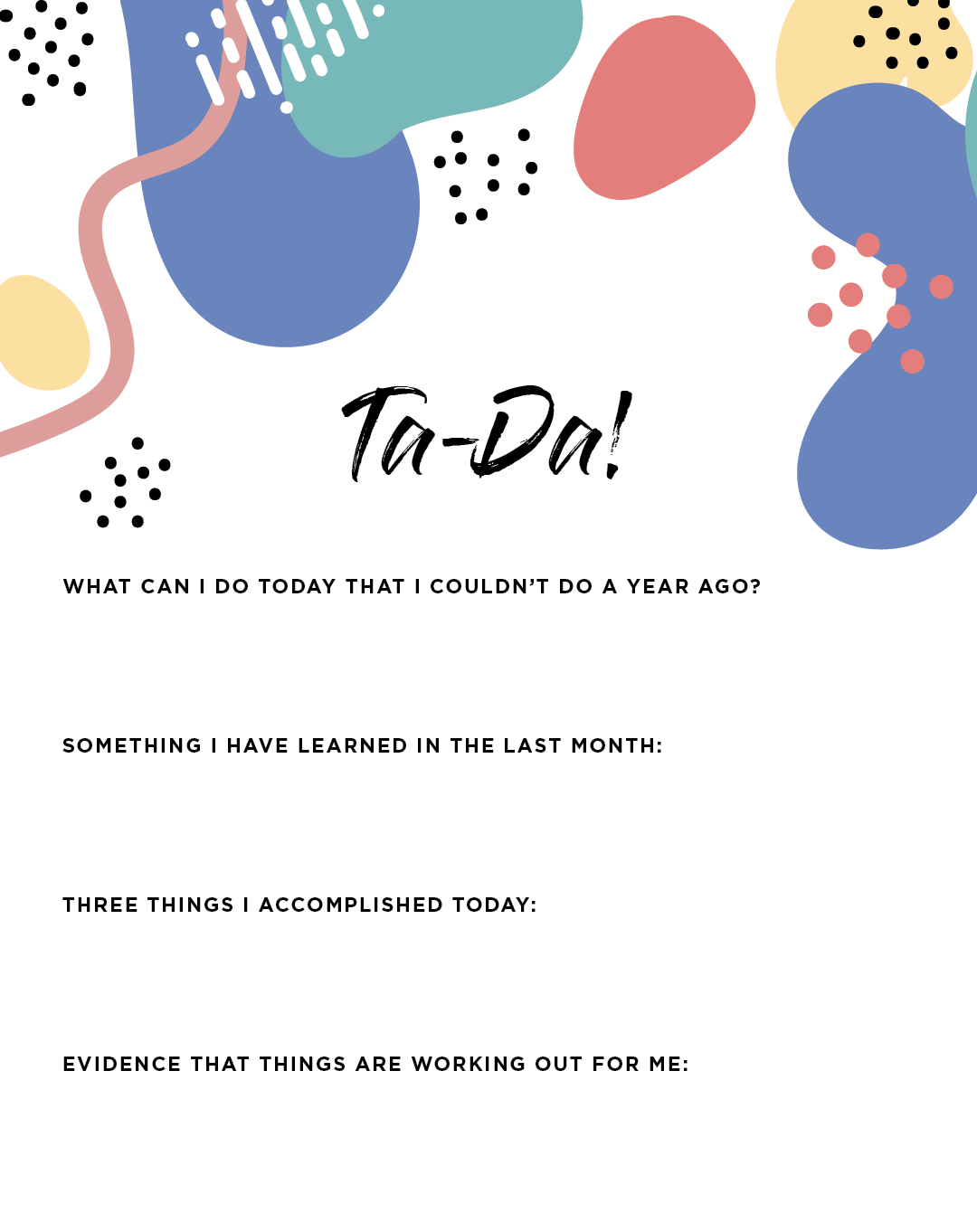Enhancing Confidence and Creativity
The 4-Part Belief Maker
Have you ever heard of ‘imposter syndrome? In a nutshell, imposter syndrome is when people who are good at what they do feel like frauds and believe that any success they’ve had has been because of luck or deceit. Interestingly, if you suffer from this syndrome, it’s an indicator that you are actually good at what you do! People who are always confident often don’t understand their field well enough to know just how bad they are.
The truth is, there are other people out there doing similar things to what you want to do. And many of them are finding success doing it with way less education, industry knowledge, and maybe even talent. And guess what? THEY CAN’T DO IT THE WAY YOU DO! And that is your superpower.
The 4-Part Belief Maker is a way to side-step our negative self-talk and begin to change the way we think, act, and ultimately create. Here are some ways to embrace your authentic vision and steadily build more confidence:
Here are 4 other ways to boost your creativity:
1. Learn a creative skill outside your comfort zone.
If you're a copywriter, take up photography. If you're a graphic designer, sign up for a cooking class. If you're a painter, try poetry.
It doesn't matter what you do, as long as it falls outside of your usual creative endeavors. Once you start honing in on one creative path (especially if you make money at this craft or it is your career), it's easy to get stuck in a rut. Stepping outside of your creative comfort zone and trying a new skill can have a positive impact on your creative confidence. Author Srinivas Rao calls it creative cross-training, and it can help creatives embrace new points of view and come up with fresh ideas and inspiration. You don't have to become an expert in the new field. You can just try it out and commit to experimentation without self-judgment!
2. Embrace checklists.
Checklists end up getting a mention in many articles on productivity and creativity because they really work. Setting small, attainable goals and marking them as complete not only helps us keep big projects on track, it also boosts our confidence and gives us more creative freedom.
Worried that checklists are too rigid or confining to be useful in a creative profession? The exact opposite is true, according to psychologist and career coach Marty Nemko. "You won't feel confined," Nemko wrote in Psychology Today. "Knowing you'll remember everything will free-up the brain space to use your creativity ... safely."
When we cross something off our checklist, our brains release dopamine -- the chemical that makes us happy. Using checklists to stimulate dopamine levels can help us form productive habits and feel good about accomplishing attainable tasks -- which in turn boosts our confidence. Psychologists call this effect self-directed learning.
I love Brain Dumps, Check Lists, and “TaDa” (rather than To-Do Lists). DOWNLOAD MY FREE “Better To-Do List” HERE.
3. Create a space you love.
Whether it’s in your home or at your workplace, having a space to create is so important. You don’t have to have a designated office, darkroom, studio, or even your own desk. You just need a little corner that can be your creative sanctuary. Here is an activity you can try to create a mobile creative space:
4. Build the right creative habits.
Charles Duhigg, author of The Power of Habit, coined the term "keystone habits" to describe positive habits that have a strong correlation with other positive habits—like a ripple effect of positivity. For example, exercising regularly has been proven to increase confidence levels and lead to healthier eating and sleeping habits. When you adopt keystone habits, a lot of other things in your life tend to fall into place.
Building keystone habits around your creative process can help you develop more creative confidence, and increase your overall productivity on a daily basis. Start by cultivating positive daily rituals, like developing a morning free-writing practice, preparing a meal completely from scratch, or even just making your bed. These seemingly small habits can add structure and intention to your day, resulting in more good habits and confidence down the line.
• Can you set an allotted time in your day to create? It doesn’t have to be the same time every day. Remember to start small with 5 minutes a day and work up.
• Can you do a repeated task as you start your creative process? A mantra or meditation? Pouring your favorite drink? Looking out
a window with a lovely view?
• Can you set a deadline to hold yourself accountable? Or tell a trusted source that you will finish by a certain date or time.
Trigger actions are also a great way to help you stop procrastinating and GET STARTED! They are often very simple. Here are some examples:
• Simply turn off your phone
• Close (or open) your computer
• Set a timer for 5 minutes. Work for 5 minutes on, 5 minutes off,
and build momentum.
• Have a reward ready when you finish a small, measurable goal.
• Announce what you are going to do out loud to someone who can hear, or post about it online.
This will create positive pathways in your brain, and promote a new habit.


